Launched in August 2011 as part of the “New Frontiers program”, Juno entered orbit around Jupiter on July 5th last year. Since then, it has been capturing spectacular images and boldly going where no man (or probe) has gone before. These most recent images are, scientifically speaking, fucking breathtaking.
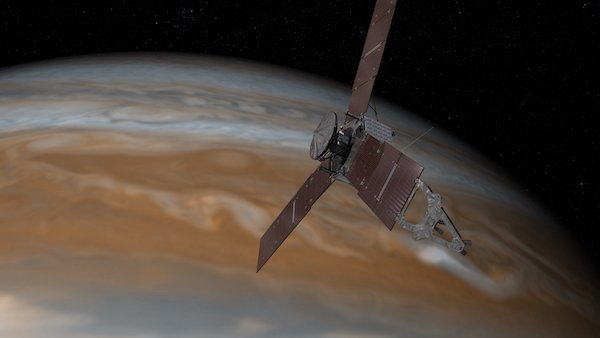
Scientist estimate that Jupiter’s colossal storm has been raging for centuries.
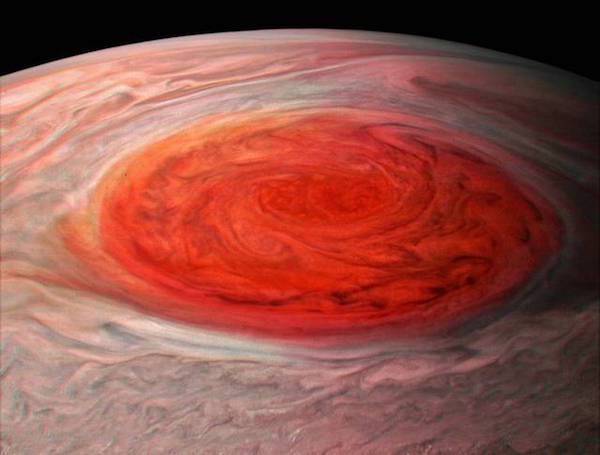
NASA’s Juno probe flew so close to our solar system’s largest planet, that it couldn’t get the entire storm in one shot. This image shows the angle the probe was actually able to see as it was streaking by.
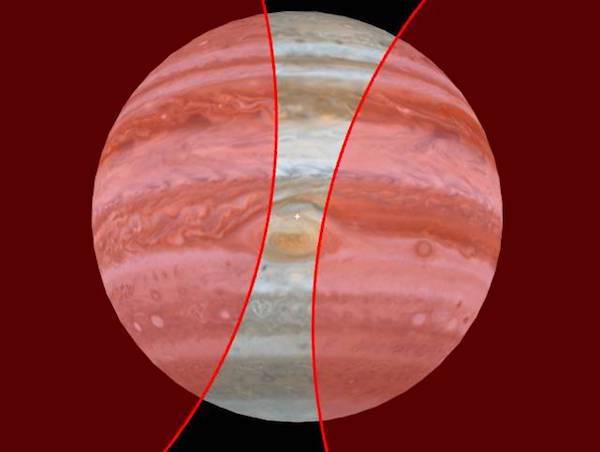
Adding more difficulty to photographing the ginormous planet was the fact Juno was rocketing by at around 34 miles-per-second. At that speed you could cross the continental US in just over a minute. For that reason, the probe had to make several strafing runs, providing a series of images to be pieced together.
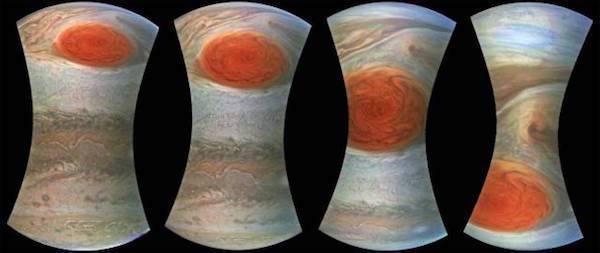
Juno also took incredible 3D images which show the immense depth of the storm, along with the numerous cloud layers. Winds in the red spot reach speeds of 400 mph.
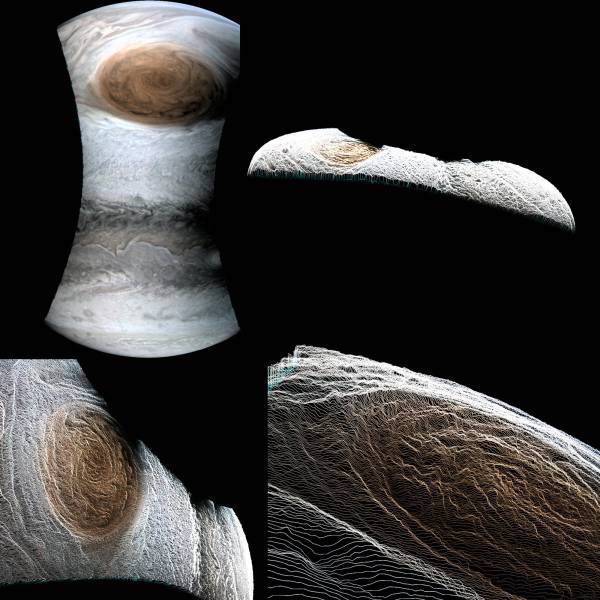
According to Candice Hansen, senior scientist at the Planetary Science Institute, “this will not be the only flyover, but it is the closest.”
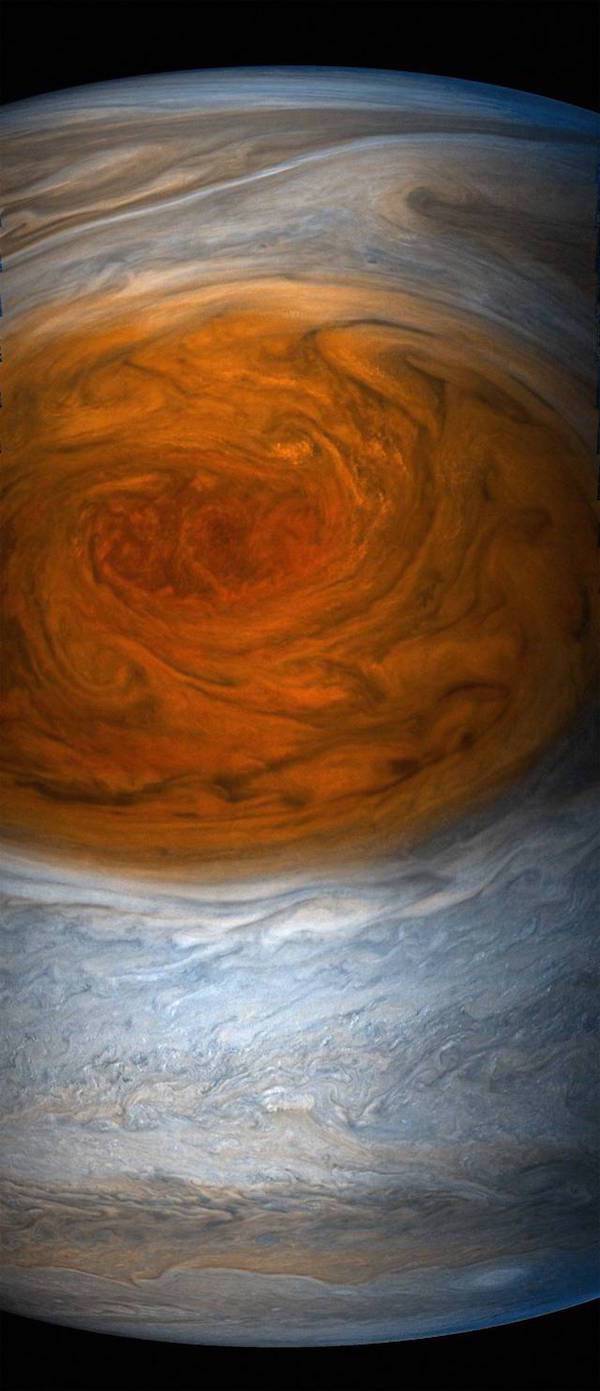
This is a composite photo that layers one of the most recent images over the images captured by Voyager 1 in 1979, previously considered the most detailed photos.
Voyager’s images were taken at a distance of around 25 million miles. Juno flew within 5,600 miles to capture its images.
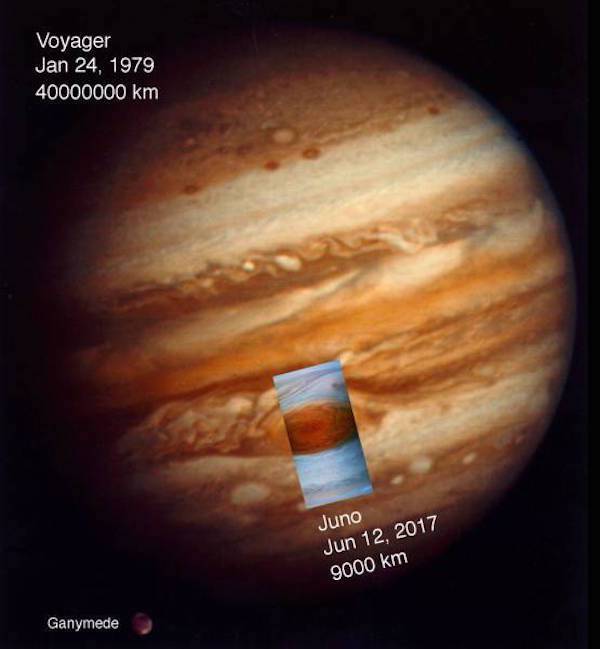
The Great Red Spot may be the most famous and massive of the storms on Jupiter, but it’s hardly the only impressive one. This images shows a storm NASA refers to as “Little Red Spot.” Not so little when you consider it’s actually the size of Earth…
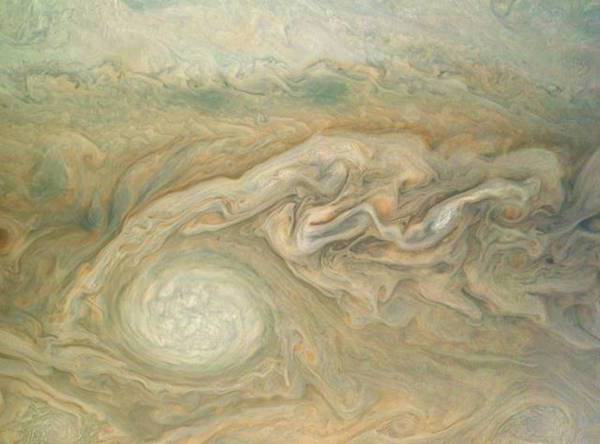
Jupiter’s cloud tops.
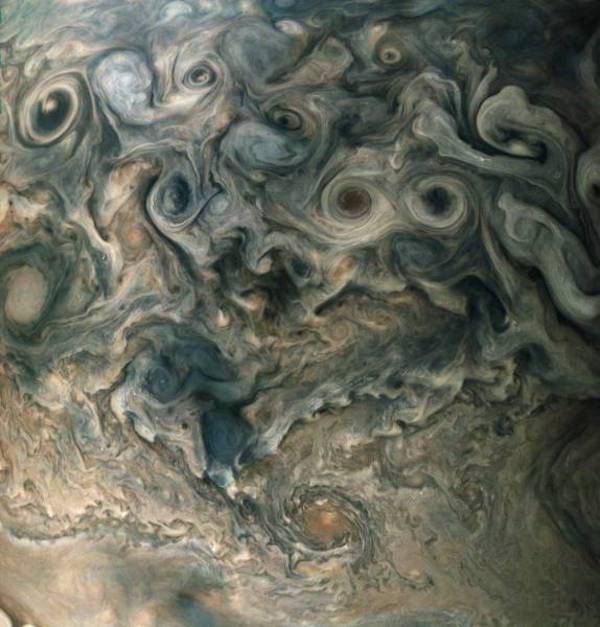
They call this Jupiter’s “string of pearls” storm cloud.
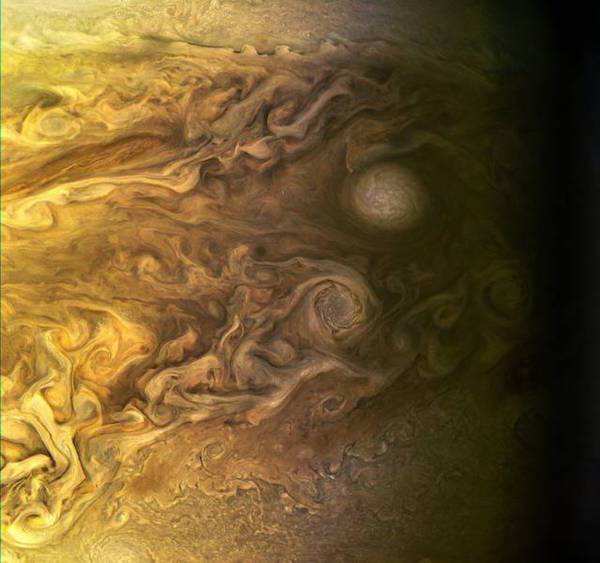
Juno has also taken some very impressive images at longer range. This is Jupiter’s south pole.
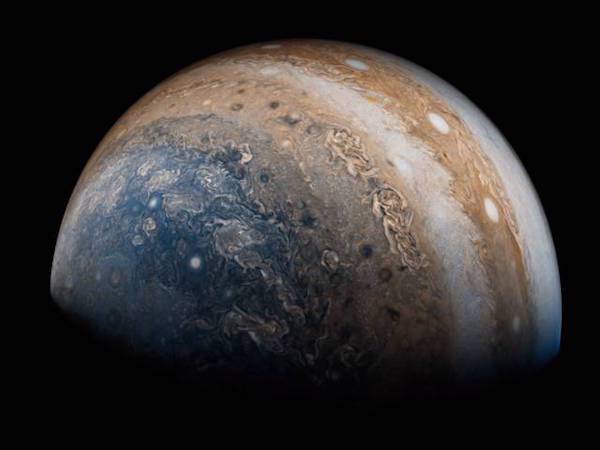
And this long-range shot is a straight down view of the planet’s pole (approx. 32K miles away), revealing blue-tinted cyclonic storms—each about 600 miles wide. For reference, Texas is 790 miles wide…
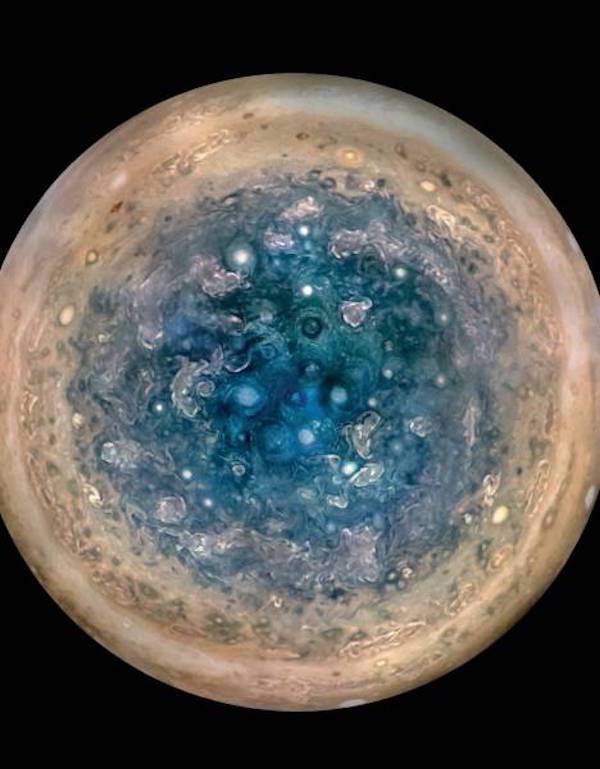
Not all images are of the planet itself. The faint horizontal line you see in this photo is Jupiter’s ring of ice and dust—an unprecedented photo.
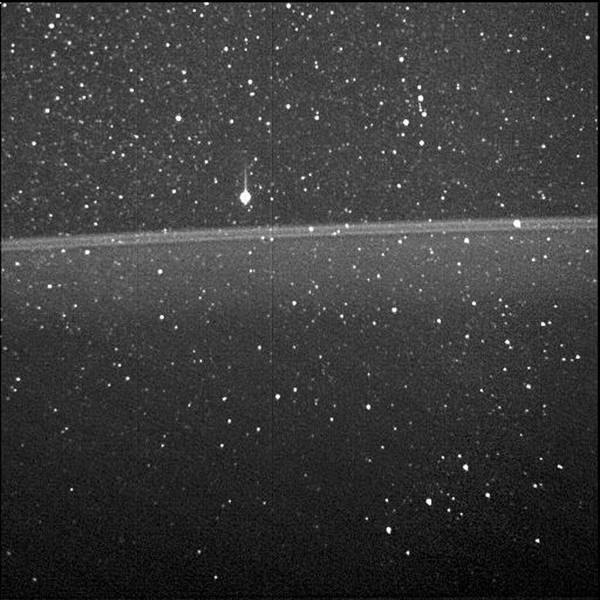
This GIF shows the rivers of hot ammonia Juno discovered during its orbit. These molten rivers are only visible in infrared-light.
As spectacular as this all may be, Juno’s mission is actually drawing to a close. She’ll be taking the big plunge—directly into Jupiter’s clouds—in the next couple years. This is an intentional event 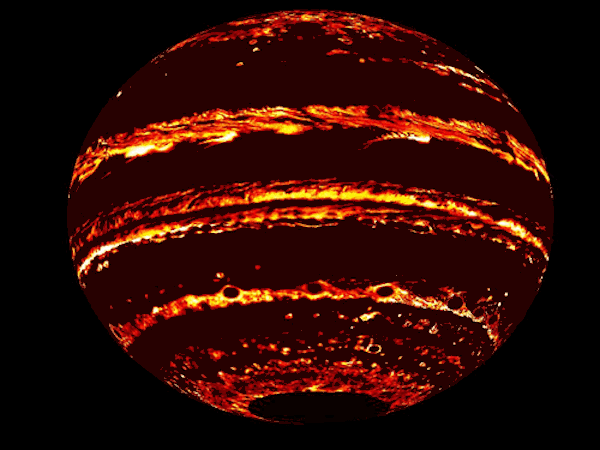
As spectacular as this all may be, Juno’s mission is actually drawing to a close. She’ll be taking the big plunge—directly into Jupiter’s clouds—in the next couple years. This is an intentional event designed to keep any earth born bacteria from reaching the planet’s moons, Europa and Ganymede.
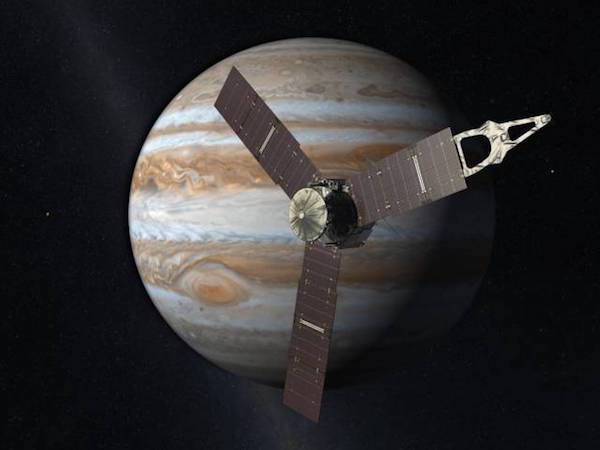
 Barnorama All Fun In The Barn
Barnorama All Fun In The Barn